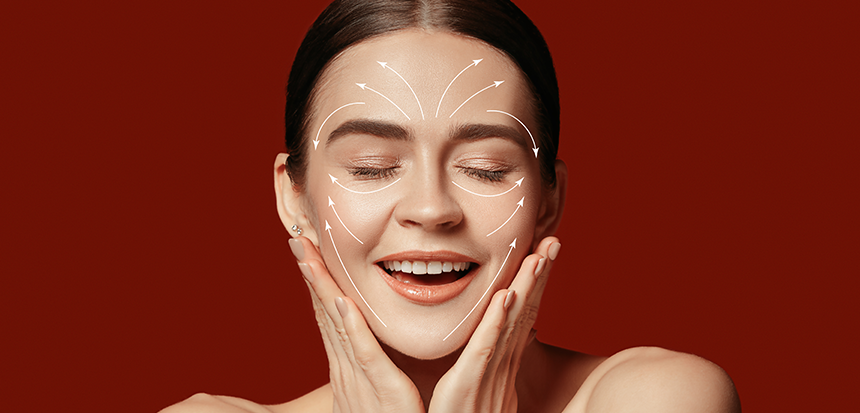
Thread lifting is a cosmetic procedure used for aesthetic purposes. During this procedure, thin threads are inserted under the skin to lift, tighten, or elevate the skin tissue. Thread lifting is commonly used to address sagging or looseness in specific areas of the face, neck, and body.
Thread lifting is generally suitable for individuals showing signs of aging. People with sagging skin, lines, wrinkles, or textural changes in the skin might consider this procedure. However, since each individual's situation is unique, it's recommended to be evaluated by a healthcare professional.
The process of thread lifting might involve the following steps:
Consultation and Assessment: Before the procedure, a healthcare professional assesses the individual's needs and expectations.
Local Anesthesia: Local anesthesia is typically applied to the area before the procedure to numb it, ensuring the individual doesn't feel pain during the process.
Thread Placement: Thin specialized threads are placed beneath the skin. These threads lift the skin, providing the desired tightening and lifting effect.
Post-Procedure: After the procedure is complete, the individual is given time to rest, and the healing process begins.
Thread lifting is generally considered a safe procedure, but like any medical intervention, there are risks involved. Common side effects might include swelling, bruising, risk of infection, or the visibility of the threads. Therefore, individuals considering the procedure should work with an experienced healthcare professional.
Recovery time can vary from person to person, but typically ranges from a few days to a few weeks. Swelling and bruising that may occur immediately after the procedure tend to subside within the first few days. The complete recovery timeline depends on factors such as age, skin type, and overall health. Adhering to the recommendations of the healthcare professional during the recovery period is essential.
Gentle Handling: Avoid excessive pressure on the treated area and refrain from any harsh impact.
Monitoring Side Effects: Keep an eye on any signs of swelling, pain, or infection after the procedure.
Communication with the Doctor: If there are any concerns or issues, it's important to contact a healthcare professional promptly.